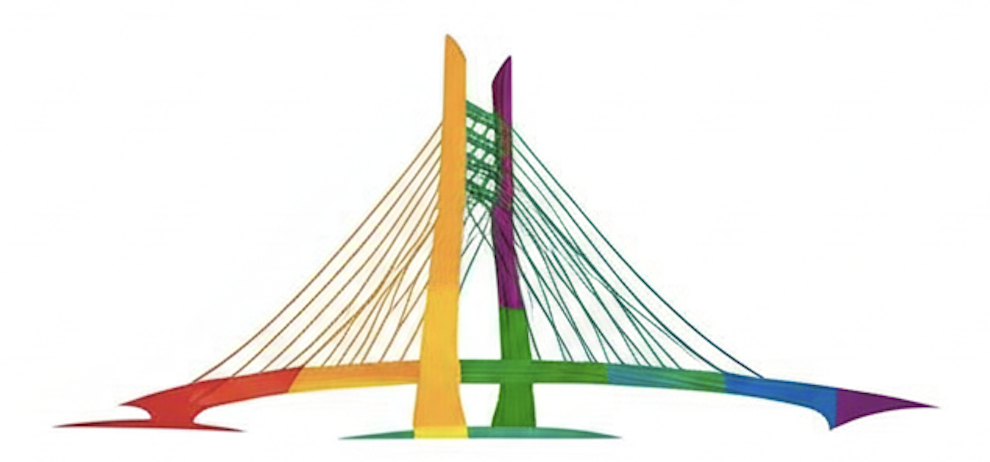Part 2 of the Cultural Alchemy series
In our exploration of Cultural Alchemy, we've established that true transformation happens when we shift underlying assumptions, not just structures or processes. We saw how invisible scripts, those narratives about personal worth, shape individual behavior. But what happens when those scripts ripple outwards, shaping whole organizations? Frameworks often operate at the surface level while the real challenges reside in those deeper cultural assumptions.
When things feel uncertain, process frameworks feel like control.
We tell ourselves the problem was disorganization. So we reach for structure, lanes, frameworks—anything to restore order.
It makes sense. They promise certainty, clarity, and a way forward. Doing something feels better than doing nothing. This is especially true when we have a culture with a strong bias to action. Movement, good. No movement, stagnation, death.
But sometimes, that movement is just a way to avoid sitting with the discomfort. What if staying still—actually letting the ambiguity hang in the air—leads to a more meaningful insight?
The Product Reorg That Should've Never Been
A team I worked with faced a hard truth: the product wasn't landing. Something felt off. Releases were slow. The market wasn't biting.
There was a disconnect between what leadership wanted and what teams were producing. Sales, Marketing, Product, and Engineering all seemed to be operating on different frequencies.
The solution? Let's re-org. A new org chart. Clearer lanes. Revised goals. Simple enough: reorganize the groups so that they are better aligned.
We made the change—but nothing changed. People didn't feel safe pushing back. Feedback was taken as dissent. And product delivery slowed down even further.
So we tried again—this time with process.
A scaled agile framework was introduced wholesale. A new layer of coordination roles appeared overnight, charged with bringing discipline to the chaos. Release trains were rolled out. Planning ceremonies were formalized.
The result? Theatrics.
Teams spent more time preparing for PI Planning than delivering working software.
When we finally paused, held vision workshops, facilitated alignment sessions—the deeper misalignment came into view:
We weren't building one product. We were building at least two.
- One team saw the robotics platform as a tool to automate repetitive tasks on warehouse floors, integrating tightly with inventory and logistics systems.
- The other saw it as an open, modular kit for research labs and universities—something flexible, programmable, and deeply customizable.
Both visions had merit. But without a shared direction, progress became performative.
We argued over roadmaps and resourcing instead of addressing the core issue:
We weren't misaligned on execution. We were misaligned on purpose. We were building two different futures.
No amount of process could force alignment where clarity was missing. Worse—no one felt safe enough to say it out loud.
Culture isn't the soil frameworks grow in—it's the climate.
Frameworks are like seeds. They carry the promise of something valuable, something productive.
But seeds can't grow in just any dirt. They need rich, healthy soil—strong relationships, shared purpose, trust.
And even then, they need the right climate: A culture that allows uncertainty, invites hard conversations, and makes space for learning.
Without that, all you get is process theatre. Checklists and rituals that mimic progress but never take root.
You don't build culture by introducing new roles or better metrics.
You build it by shaping the emotional climate.
That starts with how people treat each other when things go wrong:
- Do leaders get curious, or do they get punitive?
- Are teams allowed to say "we don't know yet"?
- Is listening rewarded?
These aren't soft skills—they're survival traits. When we invite people into uncertainty with care, we create the conditions for real clarity to emerge.
Not from a playbook. From people, together.
Culture is shaped less by intention and more by repetition. It's not the values listed on a slide—it's who gets listened to in a meeting. Who gets interrupted. Who's safe to disagree.
Over time, these micro-signals accumulate into something bigger: A sense of what's allowed.
Ron Westrum's model describes three cultural types:
- Pathological, where information is hidden
- Bureaucratic, where it's preserved
- Generative, where it's shared freely
In generative cultures, people surface risks early, challenge leadership decisions, and admit what's not working.
But that kind of openness doesn't emerge by decree. It grows when people feel safe to be real—and that safety is either reinforced or eroded every single day.
Amy Edmondson describes psychological safety as the belief that it's safe to take interpersonal risks.
Not to be right, but to be real.
Without that, even the most sophisticated process will devolve into performance. And performance kills truth. And without truth, you can't build the kind of trust that makes culture resilient—especially when process falls short.
What now?
Before you reach for a new framework or try to "fix" your teams—pause. What's the emotional climate like in the room? Do people feel safe naming what's actually happening? Are they rewarded for protecting truth, or for protecting leadership's comfort?
You don't need a culture of certainty. You need a culture that can stay honest when certainty disappears.
If this resonates, follow along. Or better yet—share it with someone stuck in process theatre who knows there's something deeper beneath the surface.
